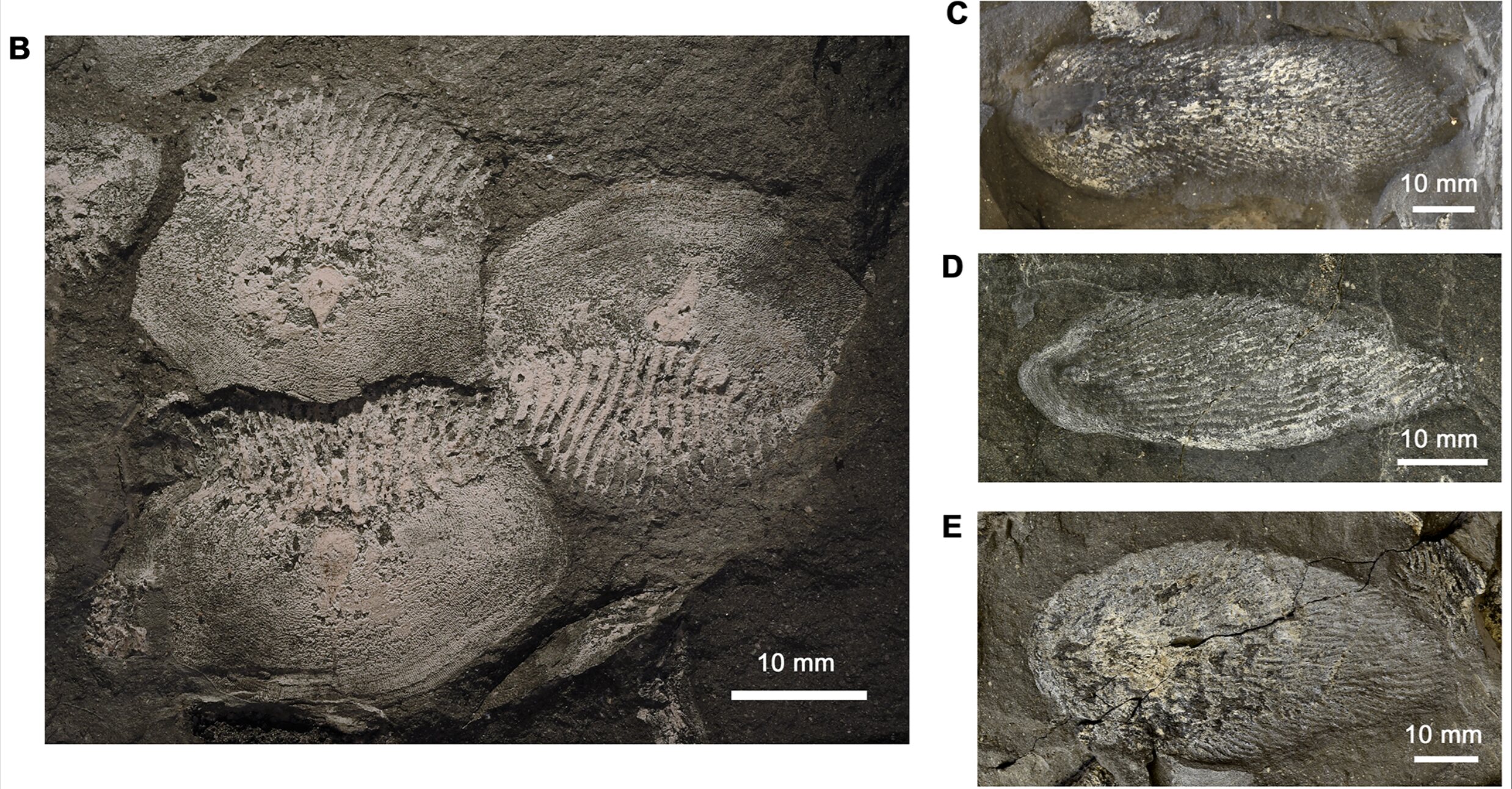
South African researchers have recently unearthed 360 million-year-old fossils belonging to a previously unknown species of fish.
The findings, which were published in the official journal PLOS One, reveal that this ancient fish was a voracious predator that likely preyed on our ancestors.
In 1995, researchers found the first signs of an ancient fish’s existence. They discovered fossilized scales at Waterloo Farm in South Africa, near a town called Makhanda (previously known as Grahamstown).
But now researchers have reconstructed the skeleton of a previously unknown species of giant tristichopterid. These creatures were a type of prehistoric bony fish.
Robert Gess, a paleontologist and research associate at both the Albany Museum and Rhodes University in South Africa, explained to Live Science that it had been a lengthy process to determine the origin of the scales found back in 1995.
‘The one who consumes others’

The study also revealed that the ancient fish, measuring up to 9 feet (2.7 meters) in length, had been identified as the largest bony fish from the Late Devonian period. This predatory creature has been named Hyneria udlezinye by researchers after it was discovered in the South African region where IsiXhosa is used.
IsiXhosa is an Indigenous language widely spoken in the area. Its name translates to “the one who consumes others,” reflecting its fearsome reputation as a hunter and predator.
Per Ahlberg, co-author of the study, explained that the predatory fish measured over 2 meters in length. He explained to Live Science that this creature resembled a modern alligator, but had a shorter face like the front end of a torpedo.
“The mouth contained rows of small teeth, but also pairs of large fangs which could probably reach a length of 5 centimeters (2 inches) in the largest individuals,” he stated.
Revelations from the skeleton of H. udlezinye
According to Robert Gess, the skeleton of H. udlezinye provided evidence that this species was a fierce predator.
“The fins are mainly towards the back of the body. This is an ecological characteristic of a lie-in-wait predator; it can put on a sudden spurt. Hyneria would have lurked in the dark shadows and waited for passing things,” he explained. “It’s the one that consumed others.”
Per Ahlberg suggested that this giant fish most probably hunted tetrapods, four-legged creatures that might be part of the ancestral group leading to humans.
He added, “The tristichopterids evolved into monsters that, in all likelihood, ate [our ancestors].”
During the Late Devonian period, Pennsylvania was part of Euramerica, and an excavation site there yielded evidence of another species, H. lindae, belonging to the same genus as H. udlezinye.
It’s important to note that this previous research sheds further light on the evolution and diversity of this group of ancient fish.
See all the latest news from Greece and the world at Greekreporter.com. Contact our newsroom to report an update or send your story, photos and videos. Follow GR on Google News and subscribe here to our daily email!



